Only 55 of these road-going homologation specials were made.
With Porsche offering so many variants of its 911 today, and with so many variations having passed under the bridge through past decades, it can be hard even for some ardent fans to choose a short list of “best” versions. Surely among such a small selection of cars would be the 1973 Carrera RS 2.7 and the 1974 Carrera RS 3.0. With just 1,580 made, the RS 2.7 models commonly turn up at major auctions, while the 3.0-liter sequel, with just 55 made for the road, is super-rare, indeed.
RM Sotheby’s is offering one of those unicorns at its Monterey, California auction in August. The auction house offered this 911 Carrera RS 3.0 as part of the “White Collection” Porsche auction in December 2023, at the time having a pre-sale estimate of $2.25M-$2.75M. The car did not sell, and for the Monterey sale, the estimate has been changed to $1.6M-$1.8M.
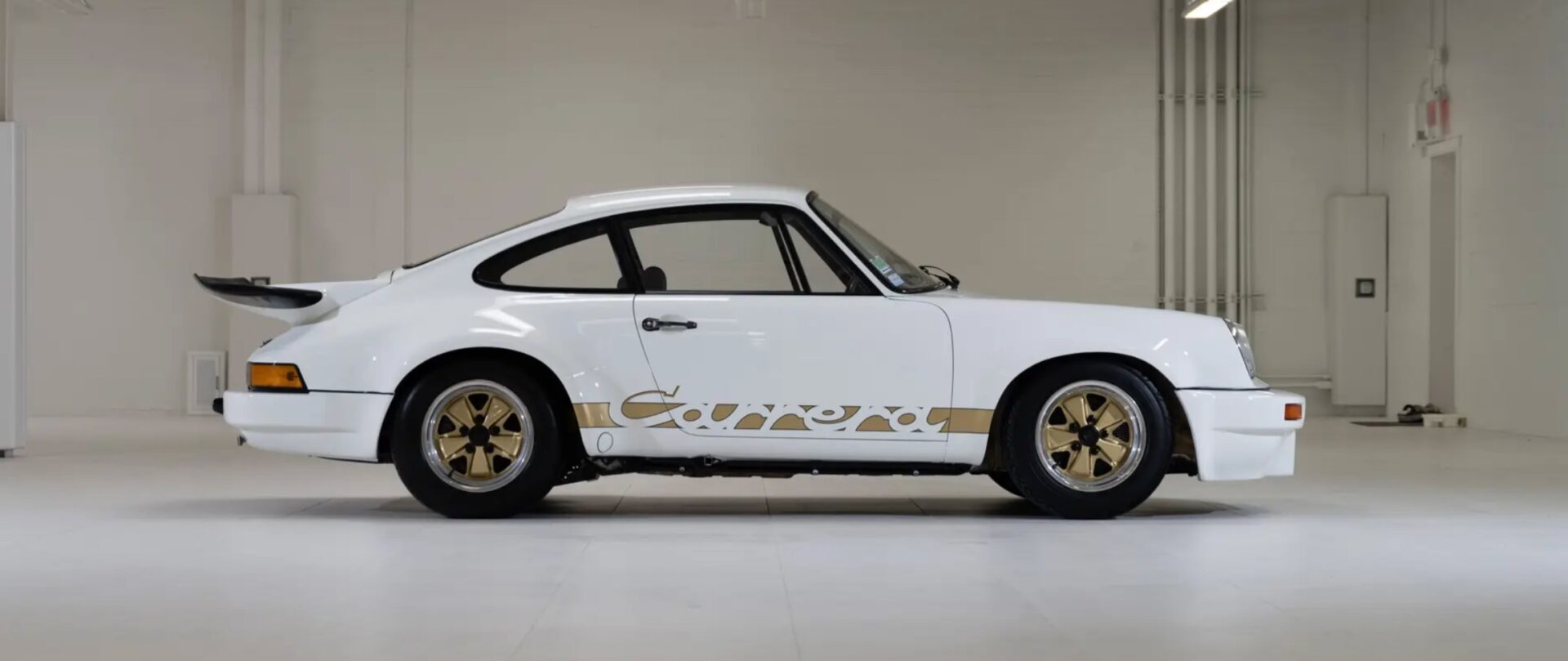
Before “Carrera” Was the 911’s Name
For a sizeable chunk of the car enthusiast world, “Carrera” and “911” have been interchangeable for the name of Porsche’s evergreen sports car. It’s no wonder, because Porsche began using that badge on the standard 911 40 years ago. For 10 years prior to that, it had been reserved for higher-performance models, with the rare “RS” versions being the most racecar-like.
The first 911 to wear the name was the 1973 Carrera RS 2.7, a lightweight race-homologation special for Europe only. Porsche needed to build 500 of these lighter, more powerful models to qualify the car (“homologate”) for FIA Group 4 Special GT racing. The “RS” stood for RennSport, or motorsport for us Yanks.
Reaction was so strong, and demand so high, that Porsche ultimately built 1,580 of these racy 911s. And then came a sequel.
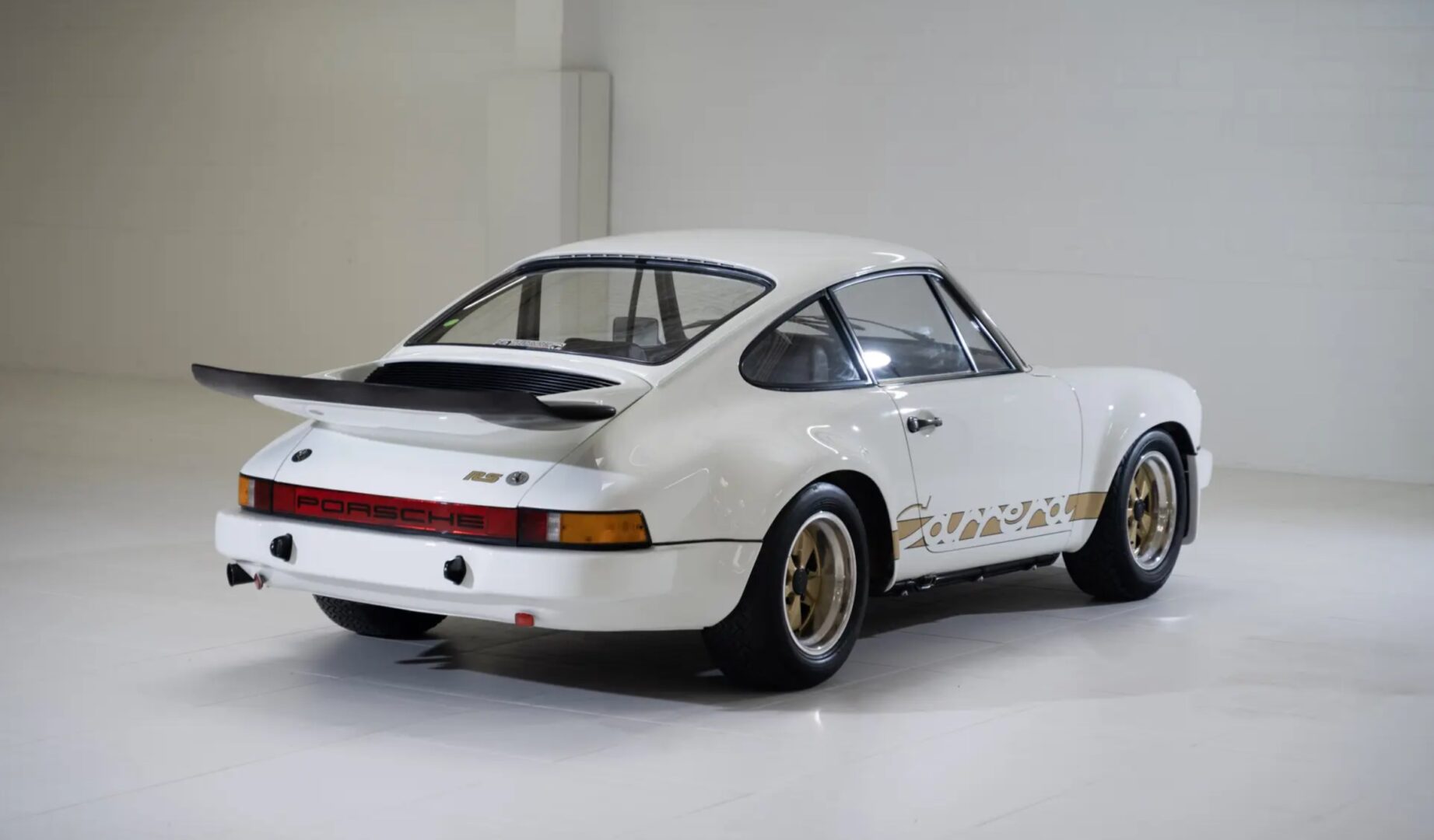
Racer for the Road
For 1974, Porsche needed to build much fewer 50 RS 3.0 models to homologate the Carrera RSR 3.0 racer, and it ended up making 55 of these road models. If comparing to the RS 2.7, the RS 3.0 was most aligned with the RSH (homologation) version, which was the lightest, most stripped-down yet still road-legal.
The RS 3.0’s engine, was, as you’d guess, a larger-displacement, more powerful version of the flat-six engine, but with an aluminum crankcase instead of magnesium. Like the RS 2.7, it used Bosch Kugelfischer mechanical fuel injection. New cylinder heads had larger inlet ports and other changes to help push output to 230 horsepower. The torque went through a five-speed manual (of course) transmission and limited-slip differential.
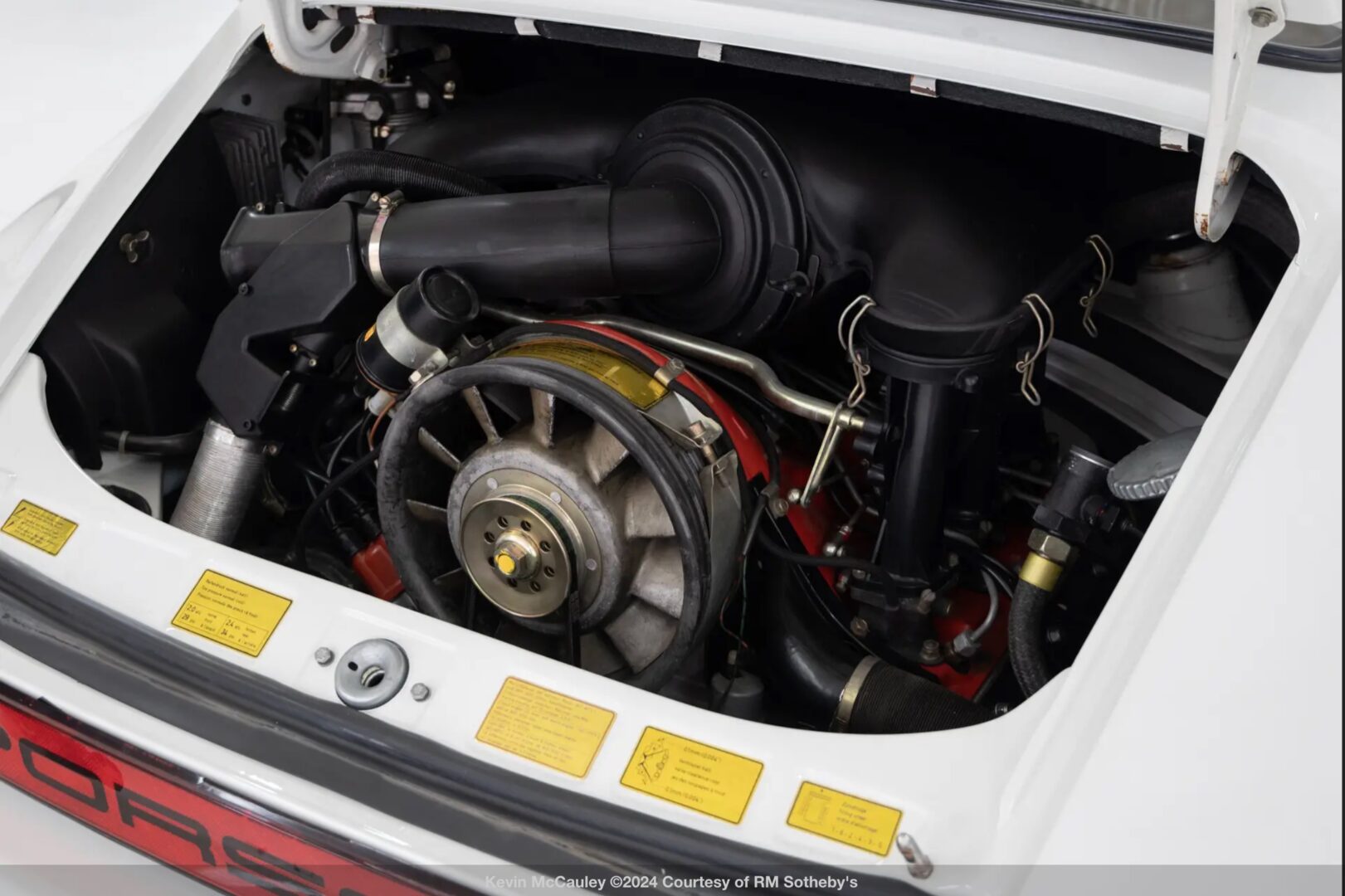
Float Like a Butterfly, Sting Like a Bee
If that power figure seems to pale in comparison to the heady outputs of today’s 911 models, keep another number in mind: the 1974 911 Carrera RS 3.0 weighed just about 2,000 pounds. In contrast, today’s standard 911 Carrera model is about 70 percent heavier.
As it did with the RS 2.7, Porsche reduced vehicle weight by using thinner-gauge steel and glass, plus making the bumpers, front hood and engine compartment lid from fiberglass. The front bumper was designed to divert airflow to the front brakes, and it also housed an oil cooler for the rear-mounted engine. Inside, the special 911 deleted amenities and sound insulation.
The 911 Carrera RS 3.0 could zoom from 0-60 mph in just over 5 seconds and had a top speed just past 150 mph. The next Porsche road car to match or surpass that performance was the 930 Turbo Carrera (a.k.a. 911 Turbo) that arrived the following year (1976 for the U.S.).
The 911 Carrera RS 3.0 rolled on Fuchs alloy wheels, 8.0-inch in front and 9.0-inch in the back, with front and rear fenders further widened to cover them. The rear suspension allowed more camber adjustment, used thicker torsion bars, and had stiffer tuning for the Bilstein shocks. Ventilated, cross-drilled disc brakes adapted from Porsche’s 917 endurance racecar used four-piston aluminum calipers in front.
The body changed elsewhere too, now wearing the beefier front bumper cover, and with a larger “whale tail” spoiler replacing the “ducktail” used on the RS 2.7. (Since this wing extended past the rear bumper, cars sold in Germany came with the smaller spoiler fitted and the larger wing included separately.)
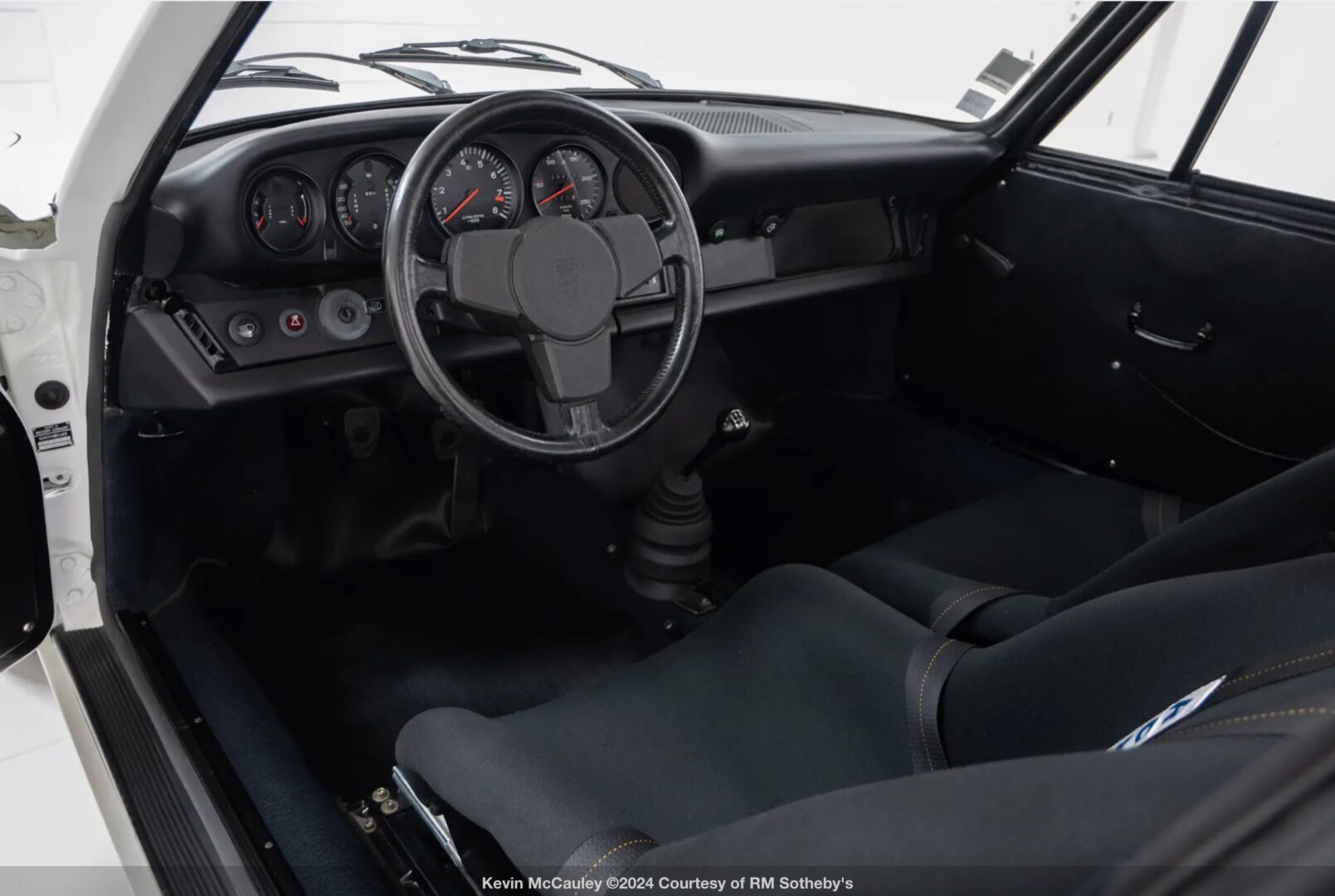
An Important Part of 911 History
The 911 Carrera RS 3.0 offered by RM Sotheby’s boasts factory provenance. John Starkey’s book, The Racing Porsche: R to RSR, documents it as the factory demonstrator car, a fact also confirmed by famed Porsche test driver, Jürgen Barth.
The car is considered the best-preserved example, still having it its numbers-matching engine and transmission. This 911 has never been raced or crashed, and its original Midnight vinyl interior remains intact. At the time of consignment, the car’s odometer displayed 29,453 kilometers (about 18,300 miles).
Notably, this 911’s second owner in 1974 was Chuck Stoddard, proprietor of Stoddard Imported Cars, one of the earliest Porsche franchised dealers in America. Today SIC is a major restoration and service parts source for Porsche owners. The fourth owner, a collector in Chicago, acquired the rare 911 in 2004, still with its original factory white paint and gold-highlighted “Carrera” side graphics. That owner took the significant Porsche on the 2,500-km (1,550-mile) Tour Auto Rally through France. From there, it went to Porsche specialist Autofarm in England for mechanical freshening.
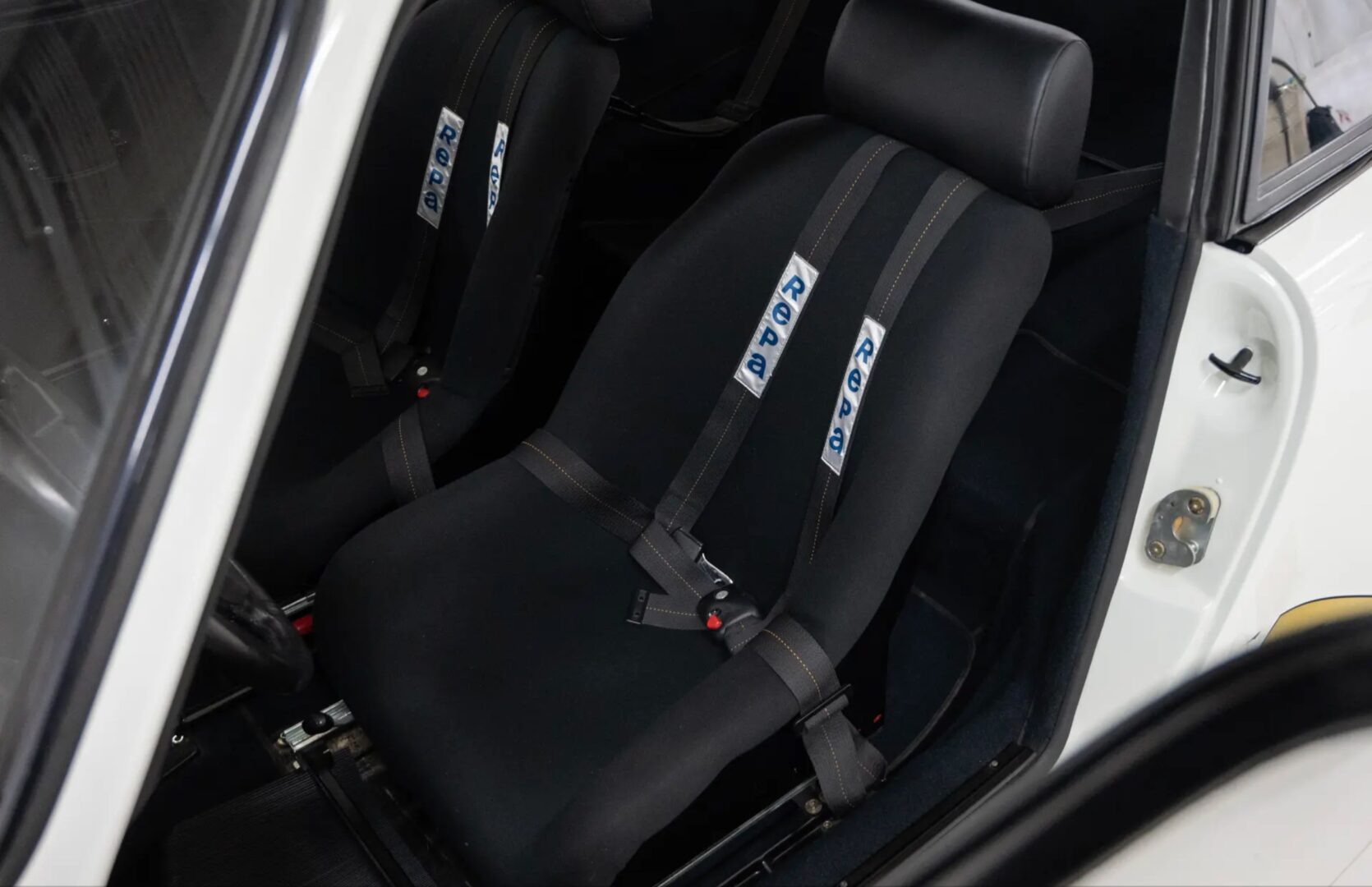
Ready for Road and Display
In 2017, the car became part of the private White Collection of Porsches and received “correction of paintwork and the rims to factory specifications,” according to RM Sotheby’s. It was also fitted with period-correct Pirelli tires, noted on the accompanying Porsche Certificate of Authenticity as being present on initial delivery.
This 911 Carrera RS 3.0 would undoubtedly be a star at any Porsche event, or in any Porsche concours class. It would also be eligible for many vintage driving events, and perhaps the next owner may participate in such to maintain a living history for this important car.
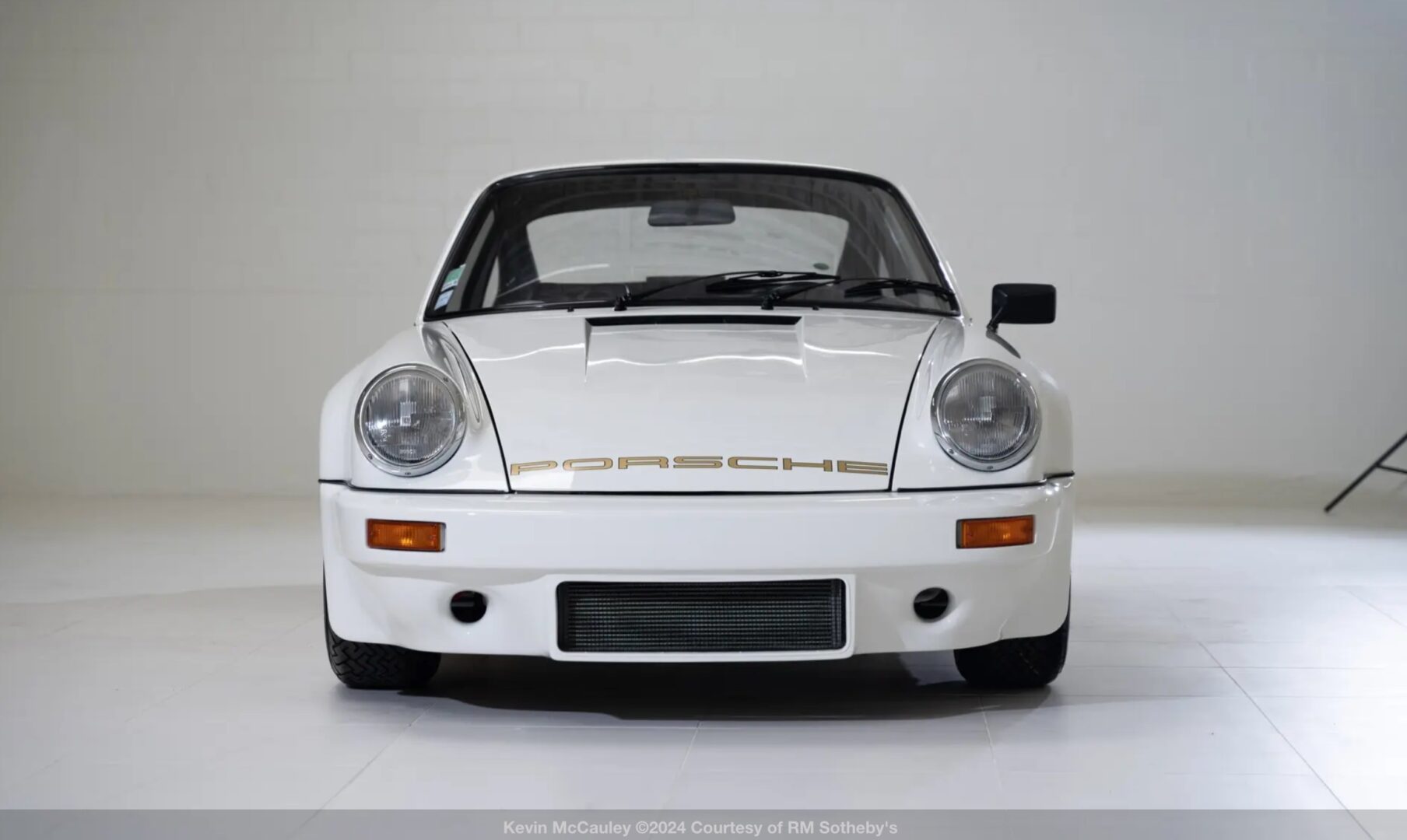
Premier Financial Services is not a licensed dealer and is not otherwise sponsored or endorsed by, or affiliated with Porsche AG.


